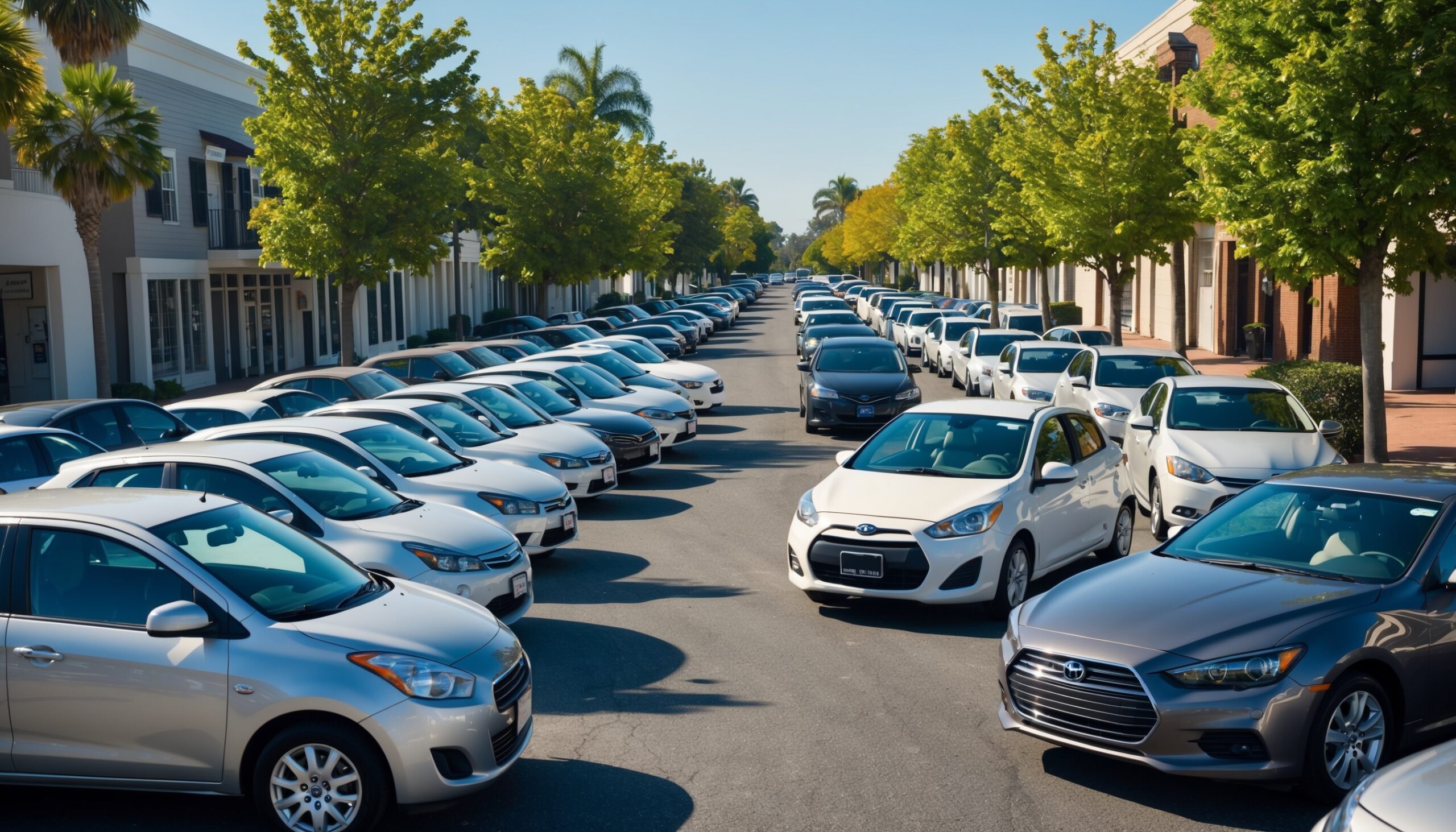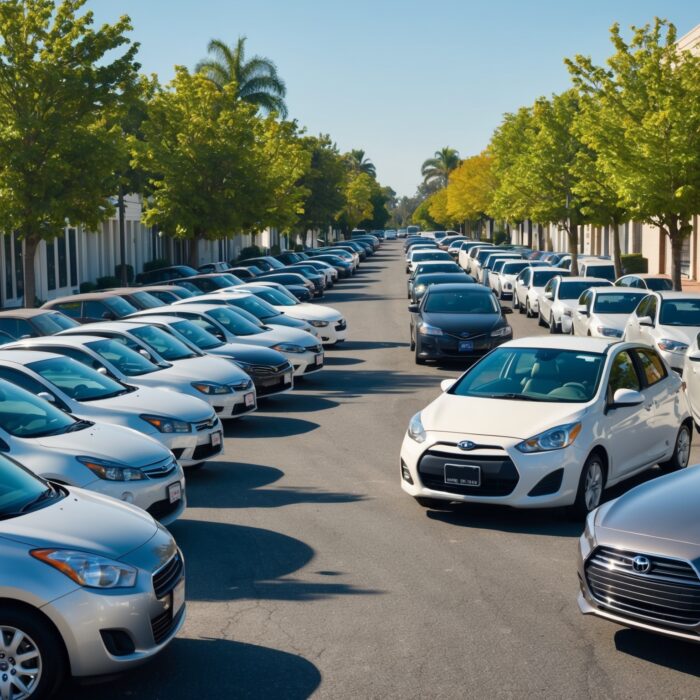Airbus Needs To Go Like Hell If It Wants To Deliver 820 Planes In 2025
When we think about major players in the aviation industry, Airbus undoubtedly comes to mind. Known for its innovative designs and engineering prowess, the company has been a giant in commercial aircraft production for decades. However, as we approach 2025, Airbus faces an ambitious target: delivering a whopping 820 aircraft. With the aviation sector bouncing back post-pandemic and demand soaring, the pressure is on. But what does this mean for Airbus, its competitors, and the aviation market as a whole? Buckle up, because we’re about to take a deep dive into this high-flying challenge.
The Landscape of Aircraft Production
To understand the gravity of Airbus’s goal, we must first look at the current landscape of aircraft production. After the global disruptions caused by the pandemic, the aviation industry is in a state of recovery. Airlines are ramping up operations, and passenger numbers are climbing steadily. This resurgence has led to a significant uptick in demand for new aircraft.
Post-Pandemic Recovery
The COVID-19 pandemic brought the aviation world to its knees. Fleets were grounded, and production lines were halted. Fast forward to today, and the industry is rebounding, but not without its challenges.
- Increased Demand: Airlines are not just looking to replace older fleets; they’re also expanding to meet renewed travel demand.
- Supply Chain Issues: The pandemic has caused widespread disruptions in supply chains, leading to delays in production and delivery timelines.
- Labor Shortages: With many skilled workers leaving the industry during the downturn, companies are struggling to find the right talent to ramp up production.
Airbus’s Ambitious Target
Delivering 820 planes in a single year is no small feat. Airbus’s target is not merely a number; it represents a strategic push to reclaim its position as a leader in the commercial aviation sector. But how did they arrive at this figure?
Market Analysis
Airbus has been closely monitoring market trends, and the data shows a robust recovery in air travel. The International Air Transport Association (IATA) has projected that passenger numbers will continue to rise, and airlines will need more aircraft to accommodate this growth.
However, it’s not just about meeting demand. Airbus is also looking to outpace its primary competitor, Boeing, which has faced its own challenges in recent years, including production issues and regulatory scrutiny.
Also Read: These Car Brands Make More Than Just Cars
Strategic Partnerships and Alliances
To meet its ambitious delivery goals, Airbus has been forging new partnerships and strengthening existing alliances. Collaborating with suppliers and manufacturers can streamline production processes, ensuring that parts are available when needed.
- Supplier Reliability: Ensuring that suppliers can meet demand is crucial. Airbus has been working closely with its supply chain to mitigate risks.
- Innovation in Production: Implementing advanced manufacturing technologies like automation and AI can enhance efficiency.
- Global Collaboration: Partnering with international manufacturers allows Airbus to tap into diverse resources and expertise.
Challenges Ahead
While Airbus aims to deliver 820 aircraft, it must navigate a myriad of challenges that could impede its progress. Let’s explore some of the hurdles that lie ahead.
Also Read: Here's Why The Mitsubishi Eclipse Had That Giant Hood Bump (It Wasn't For The Turbo)
Supply Chain Disruptions
The aviation supply chain is complex and global, involving numerous suppliers and manufacturers. Any disruption can have a cascading effect on production timelines. Recent events have shown that even minor hiccups can lead to significant delays.
- Material Shortages: The availability of critical materials like titanium and aluminum can impact production rates.
- Logistical Delays: Transportation issues can slow down the delivery of parts and components.
- Geopolitical Factors: Tensions between countries can disrupt trade routes and impact supply chains.
Labor Force Challenges
As production ramps up, Airbus will need a skilled workforce to meet its targets. The labor shortages in the aviation sector are a significant concern, especially as many experienced workers have left the industry during the pandemic.
- Training and Retention: Investing in training programs to upskill new workers is essential for long-term success.
- Attracting Talent: Airbus must create an attractive work environment to draw in skilled professionals.
- Employee Well-being: Ensuring a healthy work-life balance can help retain talent in a competitive market.
Technological Innovations
To stay ahead in the race, Airbus is not just relying on traditional manufacturing processes. The company is actively exploring technological innovations that can enhance production efficiency and improve aircraft performance.
Advanced Manufacturing Techniques
Technologies like 3D printing, automation, and robotics are revolutionizing the manufacturing landscape. These innovations can help Airbus streamline production processes and reduce lead times.
- 3D Printing: This technology allows for rapid prototyping and the production of complex parts with reduced waste.
- Automation: Automated assembly lines can increase precision and speed while reducing labor costs.
- Data Analytics: Leveraging big data can enhance decision-making and improve operational efficiency.
Green Technologies
As the aviation industry faces increasing scrutiny over its environmental impact, Airbus is also focusing on sustainable technologies. The development of electric and hybrid aircraft is a top priority, aiming to reduce carbon emissions and improve fuel efficiency.
- Hydrogen-Powered Aircraft: Airbus is investing in research and development for hydrogen propulsion systems as a long-term solution.
- Improved Aerodynamics: Enhancements in aircraft design can lead to significant fuel savings.
- Alternative Fuels: The use of sustainable aviation fuels (SAF) is being prioritized to reduce the carbon footprint of flying.

Market Competition
As Airbus gears up to deliver 820 planes, it must also contend with fierce competition, particularly from Boeing. The rivalry between these two giants has shaped the aviation industry for decades, and it’s not just about delivering planes—it’s about innovation, safety, and customer satisfaction.
Boeing’s Response
Boeing has faced its share of struggles, but the company is determined to bounce back. With its own ambitious production targets, Boeing is looking to reclaim market share and restore confidence among airlines.
- Quality Assurance: Following past issues, Boeing has put a renewed focus on safety and quality control to regain trust.
- New Aircraft Models: The introduction of new models could entice airlines looking for the latest technology and performance enhancements.
- Customer Relationships: Strengthening relationships with existing customers and building new ones is crucial for both companies.
Emerging Competitors
Beyond Boeing, Airbus must also keep an eye on emerging competitors in the aviation market. Companies from countries like China and Russia are ramping up their efforts to enter the commercial aircraft space, presenting new challenges for Airbus.
- Market Disruption: New entrants could disrupt traditional market dynamics and force established players to innovate faster.
- Pricing Pressure: Increased competition may lead to pricing wars, affecting profit margins for all manufacturers.
- Technological Advancements: Competitors with cutting-edge technology could shift customer preferences.
The Road Ahead
As Airbus navigates this ambitious target for 2025, the road ahead will be filled with twists and turns. The company must remain agile, adapting to market demands and overcoming challenges while keeping a keen eye on innovation and sustainability.
Customer Engagement
In today’s market, understanding customer needs is more critical than ever. Airbus must engage with airlines to ensure they’re producing aircraft that meet evolving market requirements.
- Feedback Loops: Establishing channels for customer feedback can guide design and production.
- Customization Options: Offering tailored solutions can help airlines maximize their investment.
- After-Sales Support: Providing exceptional support post-delivery can strengthen relationships and encourage repeat business.
Monitoring Progress
As 2025 approaches, Airbus will need to continuously monitor its progress toward the 820 aircraft goal. This requires transparent reporting, rigorous quality checks, and a commitment to excellence.
- Regular Assessments: Frequent evaluations of production processes can identify bottlenecks and areas for improvement.
- Setting Milestones: Establishing clear milestones can help track progress and maintain momentum.
- Flexibility: The ability to pivot in response to challenges will be essential for success.
Final Thoughts
As we look ahead to 2025, it’s clear that Airbus has its work cut out for it. The ambitious target of delivering 820 aircraft is a testament to the company’s resilience and commitment to innovation. However, this goal is not without its challenges. From supply chain issues to labor shortages and fierce market competition, Airbus will need to go like hell to meet this milestone.
For car enthusiasts, the pursuit of performance and innovation resonates across industries. Just as automakers strive to push the envelope with new technologies and designs, Airbus must do the same in aviation. As we continue to follow this story, Torque Feed will keep you updated on how Airbus navigates this high-stakes challenge. Buckle up, because the journey is just beginning!












